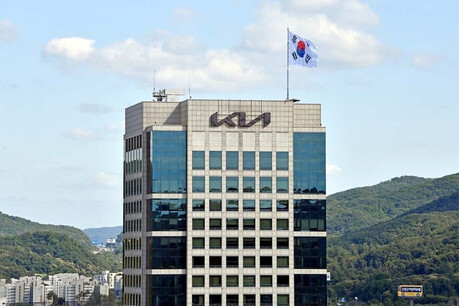
Seoul, South Korea – South Korea's current account posted a surplus for the sixth consecutive month in October, driven by strong exports of semiconductors and automobiles. However, the pace of export growth has shown signs of moderation, according to data released by the Bank of Korea on Friday.
The country recorded a current account surplus of $97.8 billion in October, marking the third-largest surplus for the month in history. While the overall trend remains positive, the surplus was smaller than the previous month's figure.
The robust export performance has been primarily driven by semiconductors, steel products, passenger cars, and information and communication technology equipment. However, exports of petroleum products and machinery have declined.
Despite the moderating growth, the Bank of Korea remains optimistic about achieving its annual current account surplus target of $900 billion. Song Jae-chang, the director-general of the bank's economic statistics department, stated that the current trend suggests the annual target is within reach.
When asked about the potential impact of recent domestic political events, such as the declaration of a state of emergency, Song emphasized that the current account is primarily influenced by external factors like global economic conditions and trade policies. He noted that the domestic political situation has not significantly altered the overall trend.
The continued current account surplus is seen as a positive sign for the South Korean economy, which has been facing challenges from global economic uncertainties. However, policymakers are closely monitoring the evolving global trade landscape and are prepared to take necessary measures to maintain economic stability.
[Copyright (c) Global Economic Times. All Rights Reserved.]





























